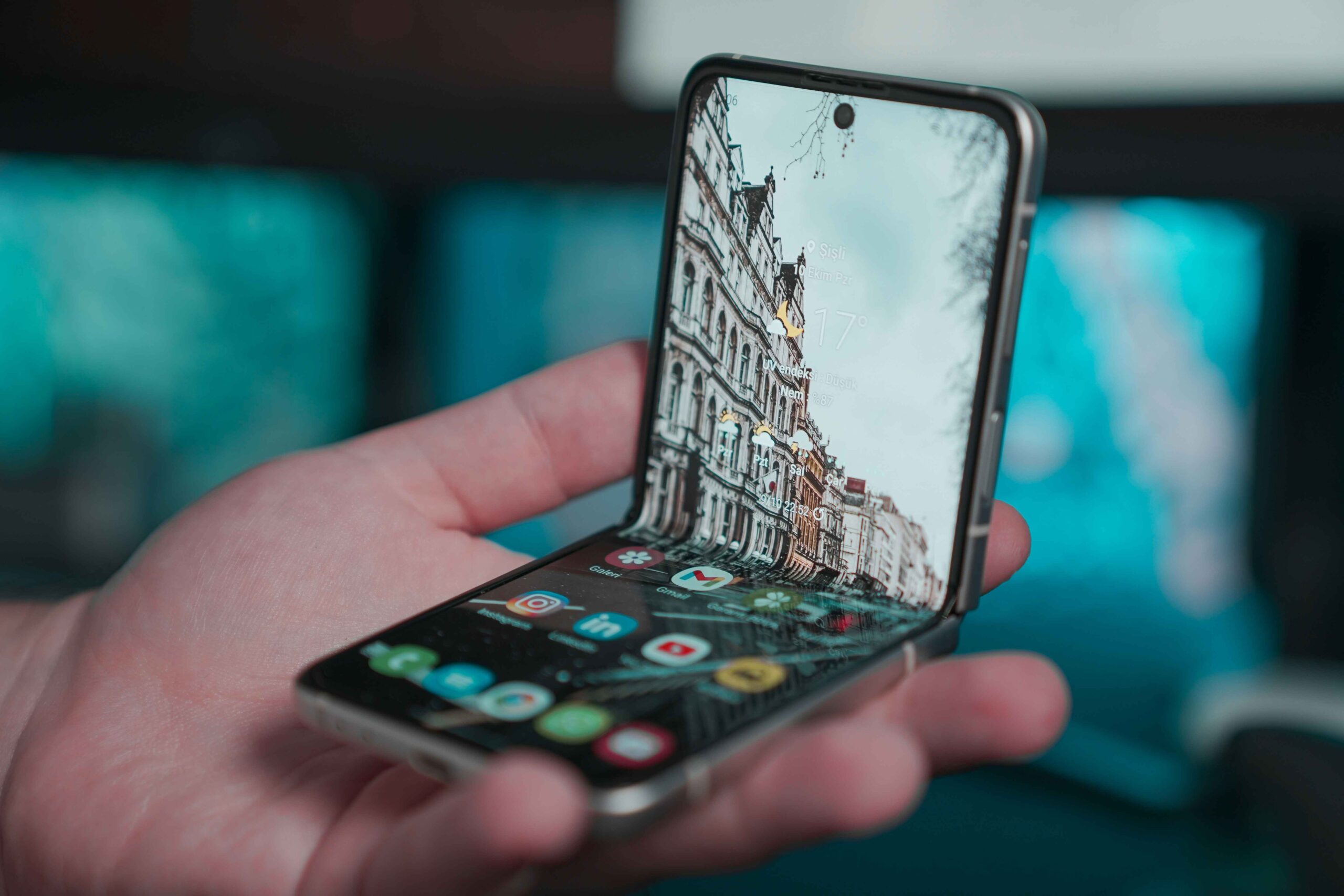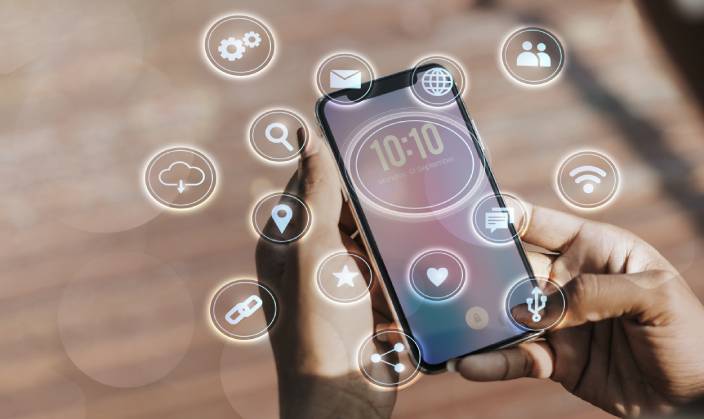
Foldable Phones: Trend or the New Normal?
Imagine this: You’re sitting in a café, scrolling through your phone. Suddenly, you need a bigger screen to watch a video or work on a document. What if, instead of pulling out a bulky tablet, you simply unfold your phone, doubling its size right in your hands? Sounds futuristic, right? Well, welcome to the era of foldable phones!
Not long ago, this concept was limited to sci-fi movies. But today, tech giants like Samsung, Huawei, and even Google are making foldable phones a reality. Let’s dive into whether foldable phones are just a passing trend or here to stay as the new normal.
The Beginning of Foldable Phones
To understand where we are now, let’s rewind a bit. Flip phones were all the rage in the early 2000s. Remember the satisfaction of snapping a flip phone shut to end a call? Fast forward to 2019, and Samsung introduced the Galaxy Fold, bringing back the foldable concept but with a futuristic twist—flexible screens! Although the first models faced durability issues, the innovation caught the attention of tech enthusiasts worldwide.
How Do Foldable Phones Work?
Foldable phones use a flexible OLED display that can bend without breaking. Manufacturers have developed special hinges and ultra-thin glass to make this possible. There are two main types of foldable designs:
- Horizontal Fold (like a book) – Think Samsung Galaxy Z Fold. You get a phone that unfolds into a tablet-sized screen.
- Vertical Fold (like a flip phone) – Think Samsung Galaxy Z Flip or Motorola Razr. This design is more compact and reminiscent of the nostalgic flip phones.
Why People Love Foldable Phones
Let’s be honest—foldable phones are cool. But there’s more to them than just the wow factor.
- Bigger Screen, Compact Size: You can have the best of both worlds—portability and a large display for work or entertainment.
- Multitasking Made Easy: Foldable screens allow you to run multiple apps side by side. Imagine replying to emails while watching a YouTube tutorial.
- Improved Gaming and Streaming: The larger screen provides a more immersive experience for gaming and binge-watching shows.
Challenges Foldable Phones Face
Of course, every new technology has its growing pains. Foldable phones are no exception.
- High Price Tags: Most foldable phones come with a hefty price, often starting around ₹1,00,000 or more. That’s a big investment for many people.
- Durability Concerns: While manufacturers have improved durability, foldable screens are still more fragile than traditional displays.
- Battery Life: Larger screens require more power, which can drain the battery faster.
- Limited App Optimization: Not all apps are designed to take advantage of the foldable format, leading to a less-than-ideal user experience.
What Tech Giants Are Doing to Improve Foldable Phones
Companies are working hard to make foldable phones more practical and affordable. For instance:
- Samsung has released multiple generations of foldable phones, improving durability and adding features like water resistance.
- Google has optimized Android to work better on foldable devices.
- Chinese Brands like Oppo and Xiaomi are offering foldable phones at competitive prices, pushing the market towards affordability.
Are Foldable Phones the Future?
So, are foldable phones just a trend, or will they become the new normal? It’s hard to say for sure, but there are some signs pointing towards a long-lasting future:
- Innovation in Materials: As companies develop stronger and more flexible materials, foldable phones will become more durable.
- Lower Prices: With increasing competition, prices are likely to drop, making foldable phones accessible to more people.
- Consumer Demand for Versatility: As our lives become more digital, the need for versatile devices that can adapt to different tasks will grow.
Should You Buy a Foldable Phone Now?
If you love being an early adopter and have the budget, foldable phones are worth considering. They offer a unique blend of innovation and functionality. However, if you prefer a tried-and-tested device, you might want to wait a few more years for the technology to mature and prices to come down.
Conclusion: A Step Towards the Future
Foldable phones may still be in their early stages, but they represent the direction technology is headed—more adaptable, more versatile, and more personalized. Whether they become the new normal or not, one thing is clear: the future of smartphones is anything but boring.
So, what do you think? Would you trade your traditional smartphone for a foldable one? Let us know in the comments!



Leave a Reply